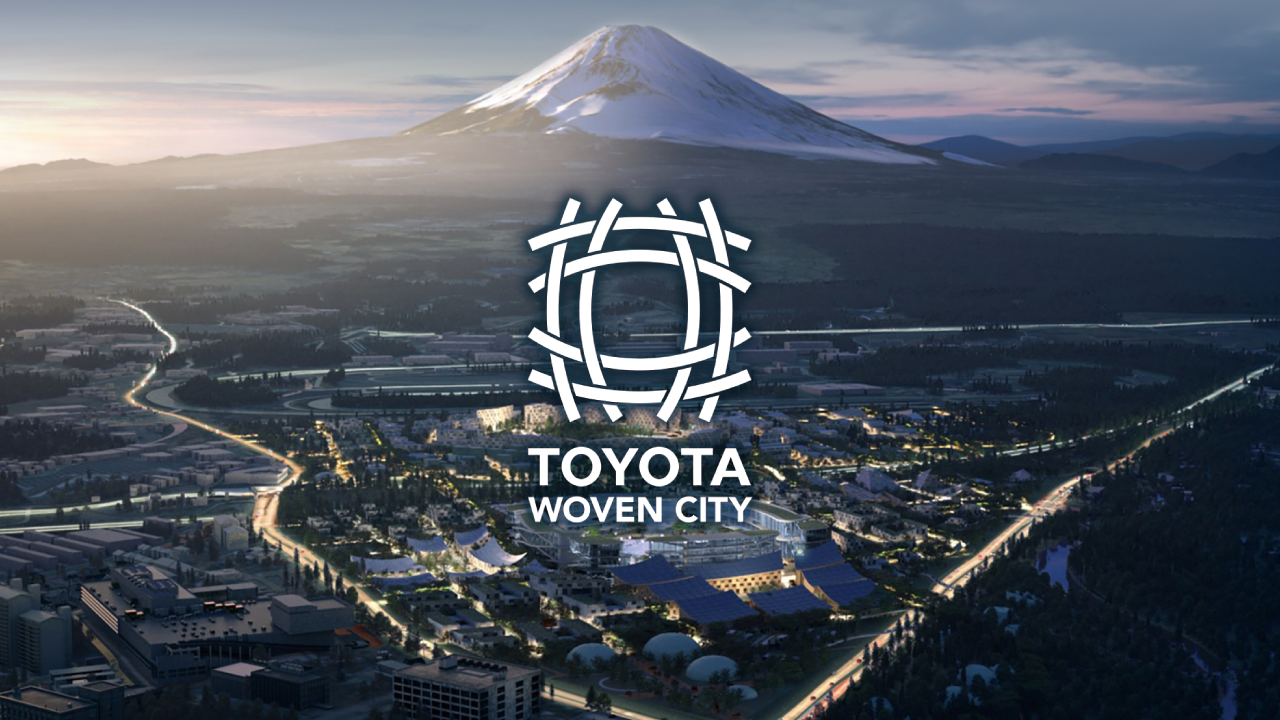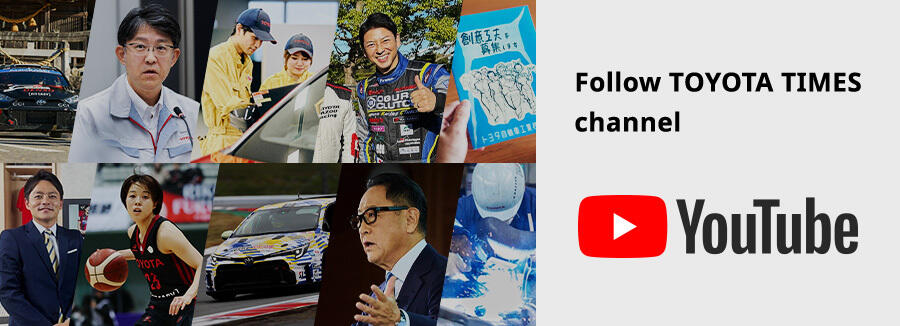
The third of a six-part series on the 2021 Ordinary General Shareholders' Meeting reflects on comments made by Operating Officer James Kuffner on Woven City. At the core of the city, passed down from Sakichi Toyoda, is the pursuit of bringing happiness to people.

In the previous article of the 117th Ordinary General Shareholders’ Meeting series, Toyota Times shared the comment by Chief Technology Officer Masahiko Maeda on Toyota’s key intentions in its full-lineup electrification strategy.
Another topic discussed at the meeting was Woven City, a prototype of the future that Toyota started constructing on February 23 (Mt. Fuji day in Japan) this year.
One of the attending shareholders asked why it was in Susono City of Shizuoka Prefecture that Toyota decided to build Woven City. Akio has made comments on the reason and history several times on different occasions, but this time, the responses instead were given by Operating Officer James Kuffner.
Kuffner also serves as CEO of Woven Planet Holdings. Reorganized from former Toyota Research Institute-Advanced Development (TRI-AD) in January 2021, the group now leads Toyota’s automated development and the Woven City project.
To explain the background, Kuffner first touched on the Great East Japan Earthquake in 2011 that severely hit half of the Japanese archipelago.
James Kuffner
To understand the history of Woven City, we actually have to go back 10 years to the Great Tohoku Earthquake.
20,000 people lost their lives, but it wasn’t just a disaster for human life, it was also an economic disaster for the Tohoku region.
Toyota and President Toyoda’s leadership decided that we would do something for the region to create jobs and build a factory (strengthen manufacturing) in Tohoku.
But in order to do that, we [eventually] had to make the hard decision to close the factory in Higashi-Fuji.
President Toyoda and executives talked to the workers and realized that not all of them could move to Tohoku or could find a new livelihood in Tohoku. So the concept of Woven City was born.
[We thought] “Could we create some new value in Susono by investing in a high technology living laboratory to revitalize the Shizuoka area?”
Susono City recently celebrated its 50th anniversary and Toyota Motor East Japan grew up with Susono, and now the next generation will be able to grow up with Woven City.
So we consider all of the employees as co-founders of Woven City.
I would also like to comment on [the Toyota] Philosophy because I think our goal is to create technology to support a happy healthy human life. It is not technology to replace people, but to help unlock human potential.
I believe Sakichi [Toyoda] (who developed an idea of human-centered jidoka, automation with a human touch) would be proud of what we are trying to develop at Woven City.
And finally, although Toyota was a company born in Japan, it lives and grows in regions all over the world. I hope that Woven City, born in Japan, can contribute to the entire world [with] new technology to help humans everywhere.

About six months ago, on December 7, 2020, Akio delivered the following video message to former Higashi-Fuji Plant team members at the closing ceremony.
Akio
At Woven City, we will try various new things to bring happiness to people. There is one promise that I made with James Kuffner and his team members, which is to make this city always human-centered.
Woven City is going to be built not on a vacant lot, but on the place and history you have woven into the future.
The value and spirit you have passed on, of always thinking about others and their feelings first and most, will be inherited by all members in developing the city. That is a promise I want to make to you.
The concept of being human-centered at Woven City is not just something that was developed for this prototype city. Rather, it is one kind of philosophy that has been passed down at the Toyota Group from the founding era of Sakichi Toyoda, and one that Akio promised to pass to the future.
And just like Toyota’s history, the scope of Woven City, although born in Japan, can be extended more broadly in regions all over the world as it accelerates development of new technology to help humans for the future. Bearing such high hopes, the prototype city of the future continues to move forward.

